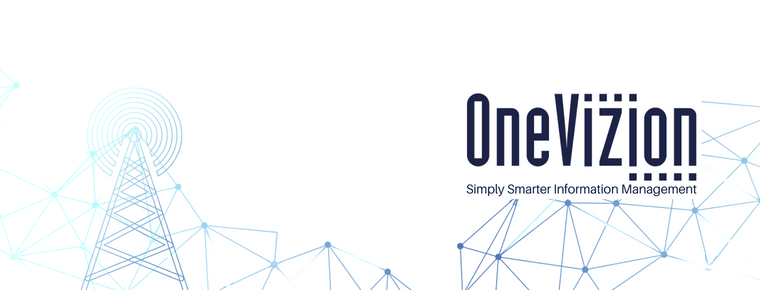Launch Preparation
Now that the Equipment Checkout application is ready for users, you need to prepare for a launch. This guide outlines key considerations and strategies that will lead to a smooth transition from the development phase to daily use. From crafting user-friendly documentation to establishing support systems, every step is important to make the launch a success. We'll cover the essentials of user training, effective communication, data migration, a well-planned launch schedule, and ongoing monitoring and feedback.
We've developed the "Equipment Checkout" application, and it's now time to roll it out to users. This guide will walk you through considerations to ensure a smooth launch, from user documentation to post-launch monitoring.
1. User Documentation
Good user documentation is important to user adoption and satisfaction as a resource that users will refer back to regularly. Well-organized and comprehensive user documentation can significantly ease the learning curve and enhance user experience. Here's how we can ensure our documentation is a valuable tool for users:
Comprehensive Guide: Provide a complete guide for users to understand and navigate the application effectively. This should be the go-to resource for any questions they might have.
Content: The content should include screenshots, step-by-step instructions, and FAQs.
Tutorial Videos: Consider creating short tutorial videos for key functionalities. Videos can be particularly helpful for visual learners and provide a quick reference for users.
Clarity: Ensure that the documentation is easy to read and understand for all types of users. For example, don’t use jargon and acronyms that are not widely known.
Job Aids: Develop printable job aids/quick reference guides targeted to each user type. Quick reference materials can be incredibly useful for users to have on hand during daily tasks.
2. User Training
User training is a critical component in the successful adoption of an application. It bridges the gap between user documentation and hands-on application usage. Well-structured training sessions should teach users the application's features and build confidence in how to using it effectively.
Interactive Sessions: Deliver training sessions where users can get hands-on experience with the application under guidance. These sessions should be practical and engaging so that users can learn by doing.
Flexible Scheduling: Offer multiple sessions to accommodate different schedules, providing ample opportunities for everyone to participate and even attend more than once.
Support Channels: Set up a helpdesk or chat support for users to reach out with their questions.
3. Communication
Effective communication is key to a successful application launch and user adoption. As we prepare for the release of the "Equipment Checkout" application, it's crucial to ensure that everyone is aware of its arrival and understands its impact, including how it will streamline business processes.
Announcements: Use internal communication channels like email, intranet, or team meetings throughout the development process to get the word out early and build excitement. Use the same channels to announce the launch date and training schedules.
Benefits Highlight: Emphasize how the application will make the equipment checkout process more efficient. A goal of these communications is to generate enthusiasm and buy-in from the users.
Regular Updates: Keep users and stakeholders informed about any developments, changes, or updates in the application. Regular updates ensure users feel involved and up-to-date with the progress of the application rollout.
4. Data Migration
One of the last activities before going live with “Equipment Checkout” is to migrate data from old systems and spreadsheets into our new application. Aimed at ensuring data accuracy, integrity and continuity in operations, this migration will be completed close to the application's go-live date.
Data Transfer: Safely transfer existing data to the new application, using the Data Import process.
Validation: Post-migration, validate the data to ensure accuracy and completeness.
User Verification: Encourage users to use the grid view or run an export from the system to verify their data post-migration to ensure everything is in order.
5. Launch Schedule and Support
The launch has arrived! Now all the hard work put into building the application in the Vizion Platform will pay off as people start to use it. The keys to a successful launch lie in planning and support. It's essential to tailor the launch schedule to fit the unique needs of your organization and ensure that support is readily available.
Rollout Schedule: Think about possible rollout strategies to mitigate risks. One common option is to start with a small group of users, gather feedback and monitor the application, and then proceed to a full rollout.
Support: Have dedicated support and clear contact procedures so that any issues that arise during the initial phase of the launch can be reported and addressed quickly.
6. Monitoring
In addition to user feedback and reports, the application performance should be monitored regularly. Administrative reports and dashboards can be built to view and assess the information directly from the Vizion Platform.
Performance Metrics: Monitor application performance metrics to ensure it is running smoothly.
User Engagement: Track how users are interacting with the application and identify any areas where they might be facing difficulties, such as pages with low usage.
Launching the "Equipment Checkout" application is a significant milestone. By considering these areas, you can have a successful rollout and a positive user experience. Remember, continuous improvement is key, so keep an eye on user feedback and application performance.
Ongoing Feedback
After the application launch, users, stakeholders, and administrators will continue to have ideas about how to make minor tweaks and large enhancements. We recommend that users have a way to communicate about the application and that there is a list of planned and requested improvements.
Surveys and Feedback Forms: Implement ways for users to provide feedback on their experience with the application.
Improvement Plan: Regularly review feedback and plan for necessary improvements or feature enhancements.

